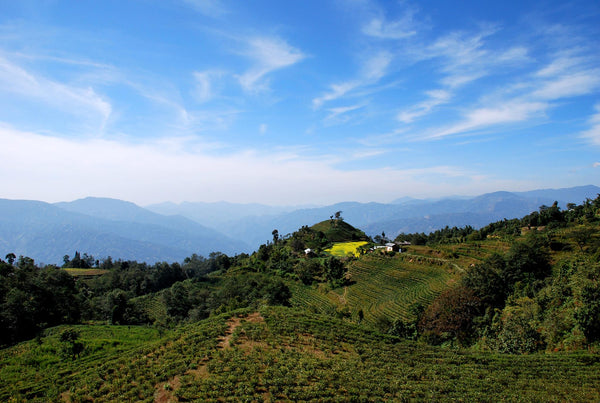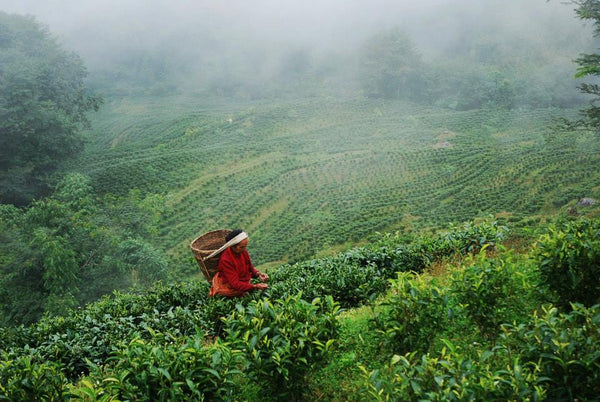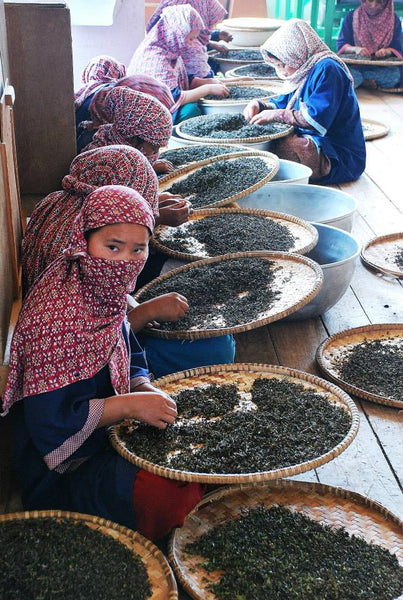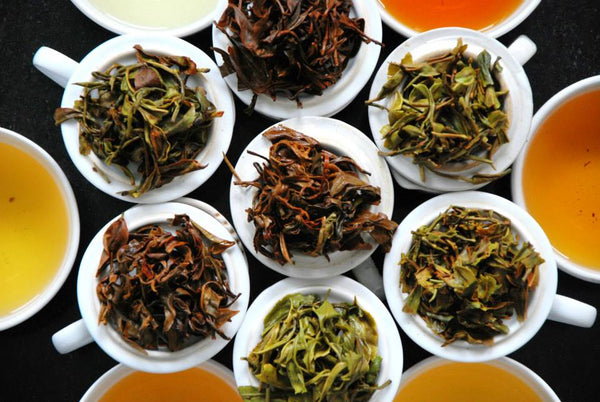
Nepal Tea and Jun Chiyabari
Nepal Tea History
Nepal is one of the youngest tea producing nations in the world. It ranks 20th in the world in terms of total tea production according to 2012 data. Despite its young history, Nepal has earned a seat at the table with the “big boys” of tea.
Although it is claimed that tea was introduced in Nepal in the late 20th Century, it wasn’t until the 1950s that tea production began in earnest. In the beginning, tea gardens were set up in the terai region of eastern Nepal. Terai, or low-lying land, is a narrow east-west corridor that runs across Nepal, then into India skirting the southern border of the Darjeeling tea growing region and abuts Assam in the far east.

This tropical region was once home to dense forest where tigers and elephants roamed. Now the main industry of the terai in both India and Nepal is tea. Terai tea is almost entirely made up of the inexpensive CTC variety. (Cut, Tear, Curl method of production for black tea where the finished leaves have a micro-pellet appearance). The tea is consumed almost entirely in India.
But it wasn’t for its terai tea that Nepal became famous.In 1978 Nepal established a tea garden in the hills of Illam district, marking its first step towards production of quality orthodox tea. The hills of eastern Nepal and Darjeeling - which form a contiguous part geographically, share similar weather and soil conditions. In the upper elevations, anywhere from 1000 ft - 7000 ft, the tea acquires a finer character, with higher elevations producing the finer ones.

Nepal Tea Challenges
The biggest challenge Nepal had perhaps was political. In the last two decades it has suffered from severe political instability that included a Maoist insurgency and the scrapping of monarchy. But even before the troubles started, Nepal followed an insular policy politically and economically. It remains one of the poorest nations in the world.
Incredibly, despite the enormous challenges Nepal tea garden owners have not only established gardens but embraced some of the best practices out there. Jun Chiyabari, the garden that we source our tea from, is a prime example.Jun Chiyabari Success
Jun Chiyabari was set up in 2001 by two brothers Bachan and Lochan Gyawali. The 75 hectares garden was situated in the hills of Hille, just about 50 miles east of Darjeeling. The well-travelled brothers planted varietals from Dong Ding, Taiwan and wild forests of Miyazaki, Japan, unlike other gardens in the area that limited themselves to tea plants from Darjeeling.

The forward-thinking of the brothers was exemplified by the decision to obtain Organic-certification, accredited by the USDA, for the garden. We believe tea is essentially a very “pure” beverage and the cleaner the environs where it is grown and produced the better! That is comes from the pristine Himalayas of Nepal is an added blessing!

Here is where the magic of Nepal tea lies - a freshness and purity of flavors in the tea that anybody can discern and hugely enjoy. Not all tea from the “new world” has received so much prestige than the teas from Nepal.

The Himalayan Orthodox Tea Producers Association (HOTPA) has a code of conduct
- Respect towards nature
- Respect towards humanity
- Respect towards the production system
- Respect towards quality
*All pictures courtesy @junchiyabari


Leave a comment